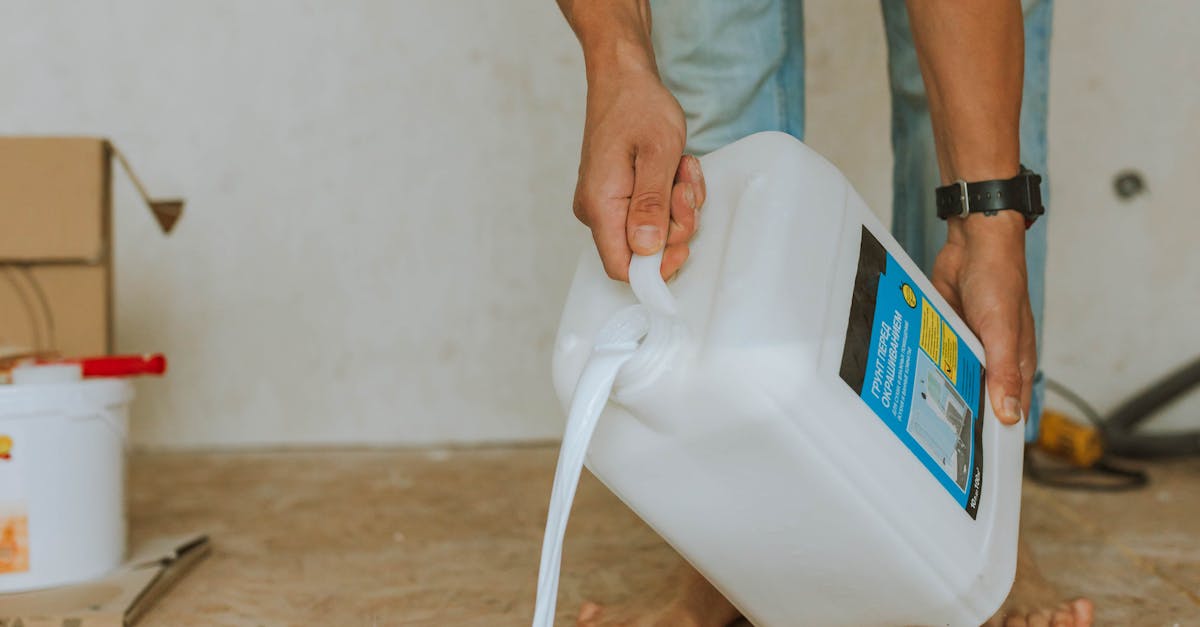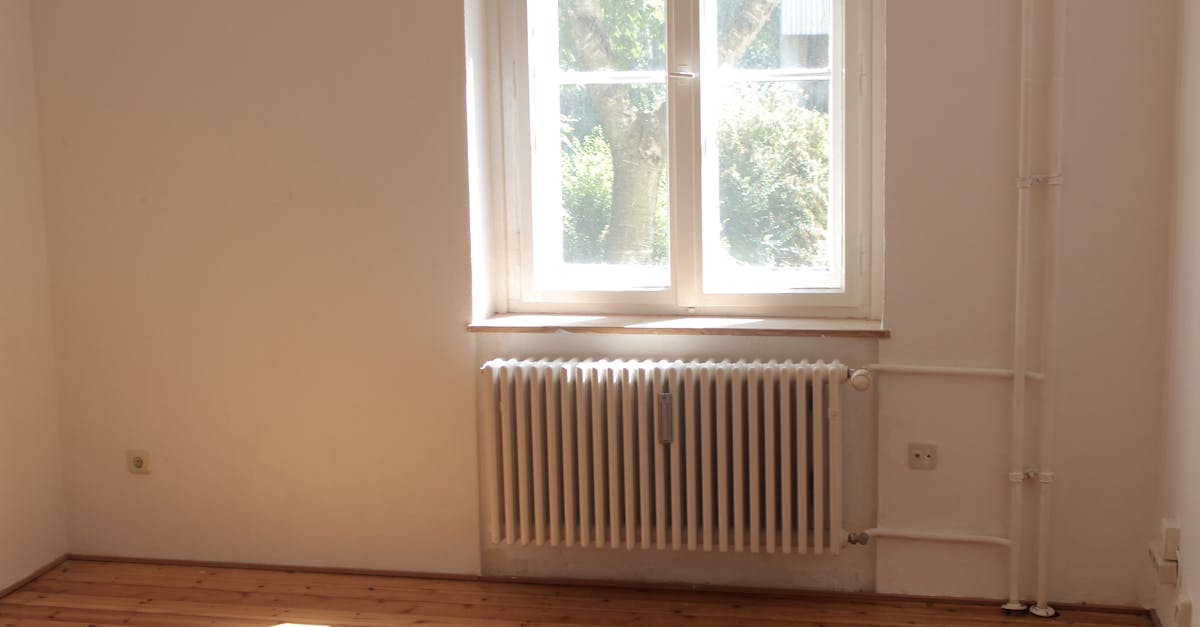
Hidden Costs in Subfloor Projects
While planning for subfloor installation, it’s vital to consider potential hidden costs that may arise during the project. These costs can include structural repairs, removal of old flooring, and unexpected material expenses. Often, the existing floor may have issues such as water damage or structural weaknesses that require attention before the new subfloor can be installed. Additionally, the removal of old flooring can reveal problems that are not visible until the work begins, leading to increased project costs.
Another expense might come from the necessary permits or inspections, which can vary significantly depending on local regulations. Hiring professionals for subfloor installation can also increase costs when factoring in labor rates. Choosing high-quality materials or specialized subfloor types might seem appealing but can also drive the overall price higher. Understanding these potential hidden costs ensures a more informed and accurate budgeting process.
Additional Expenses You Might Encounter
When planning for subfloor installation, homeowners should be aware of various unexpected expenses that may arise. While materials and labor often represent the bulk of the budget, additional costs can include remediation of existing flooring issues. If you have mold, rot, or pests that require attention, these repairs can add significantly to the overall cost of the project. It’s wise to assess the condition of the area before starting work to avoid surprises.
Another potential expense is the need for specialized tools or equipment. Subfloor installation may necessitate renting or purchasing tools that are not typically found in a standard toolbox. This could include saws, drills, or moisture meters. Moreover, obtaining permits may be necessary in certain jurisdictions, which can introduce further costs. Taking these factors into account before starting can help prevent budget overruns and enable a smoother installation process.
LongTerm Benefits of Installing a Subfloor
Subfloor installation can significantly enhance the stability of a home. A well-constructed subfloor acts as a solid foundation for finished flooring, reducing the risk of warping and squeaking over time. This stability can protect investments in expensive flooring materials, providing peace of mind for homeowners.
Moreover, subfloor installation can improve energy efficiency in a residence. A properly installed subfloor creates an extra layer of insulation, helping to regulate temperature and reduce energy bills. By minimizing drafts and heat loss, homeowners may experience a more comfortable living environment while also contributing to sustainable energy practices.
Value Addition and Energy Efficiency
Subfloor installation can significantly enhance the overall value of a property. A sturdy subfloor not only improves the structural integrity of the home but also serves as a foundation for various flooring options. Potential buyers often look for homes that are well-maintained, and a quality subfloor demonstrates that investment in the property. This added value can result in a better return when selling the home.
In addition to increasing property value, subfloor installation contributes to energy efficiency. A properly installed subfloor provides better insulation, helping to maintain consistent indoor temperatures. This can reduce heating and cooling costs over time, creating a more comfortable living environment. Homeowners can enjoy long-term savings on energy bills while also benefiting the environment by using less energy overall.
Budgeting for Subfloor Projects
When budgeting for subfloor projects, it's essential to account for various factors that can influence the overall cost. Subfloor installation typically involves expenses related to materials like plywood or OSB, as well as necessary underlayment and adhesive. Labor costs also play a significant role, particularly if you hire professionals. Be sure to estimate the approach best suited for your project, as DIY options may save money but could require additional investment in tools and equipment.
In addition to the obvious costs, it's prudent to include a buffer for unexpected expenses. Issues such as water damage or pest infestations may necessitate further repairs, adding to your budget. Planning for contingencies will help ensure that subfloor installation proceeds smoothly without financial strain. Analyzing quotes from contractors and comparing prices for materials can also aid in creating a more accurate and comprehensive budget.
Creating a Realistic Budget
Creating a realistic budget for subfloor installation involves careful consideration of various factors. Begin by assessing the size of the area where the subfloor will be installed. Larger spaces will naturally require more materials and labor, which can significantly impact costs. Additionally, it’s essential to account for the type of material chosen for the subfloor. Options range from plywood to concrete, each with its own price point and installation requirements.
Incorporating potential hidden costs into your budget is also crucial. Expenses such as removal of the existing flooring, moisture barriers, and additional tools may arise unexpectedly. Setting aside a contingency fund can help mitigate surprises during the project. Researching local labor rates is important, as these can fluctuate based on your location, so ensure that your budget reflects realistic expectations for both materials and labor for a successful subfloor installation.
FAQS
What is the average cost of installing a subfloor?
The average cost of installing a subfloor typically ranges from $2 to $7 per square foot, depending on the materials used and the complexity of the installation.
Are there any hidden costs associated with subfloor installation?
Yes, hidden costs can include expenses for demolition, disposal of old materials, potential repairs to the existing floor, and additional materials like insulation or moisture barriers.
How can I create a realistic budget for a subfloor project?
To create a realistic budget, consider all costs, including materials, labor, permits, and any potential hidden expenses. It's also wise to add a contingency fund of about 10-15% for unexpected costs.
What long-term benefits can I expect from installing a subfloor?
Long-term benefits include improved energy efficiency, enhanced comfort, reduced noise transmission, and potential increases in your home's value.
Does the type of subfloor material affect the overall cost?
Yes, the type of subfloor material significantly affects the overall cost, as options like plywood, OSB (oriented strand board), and cement boards vary in price and longevity.
